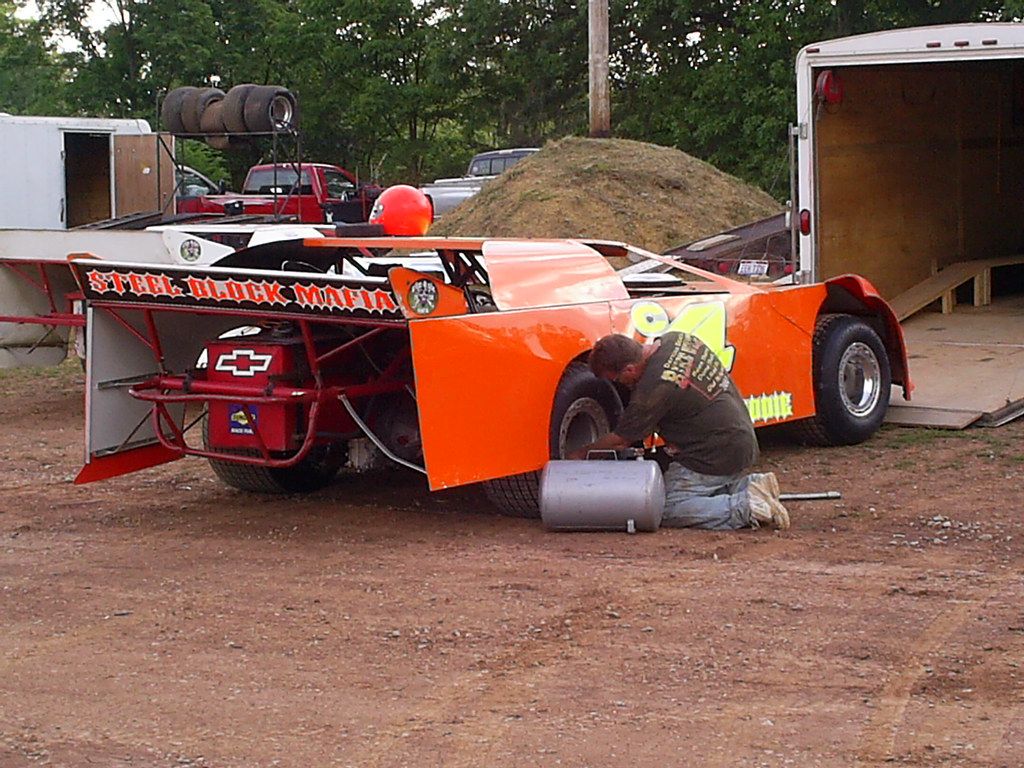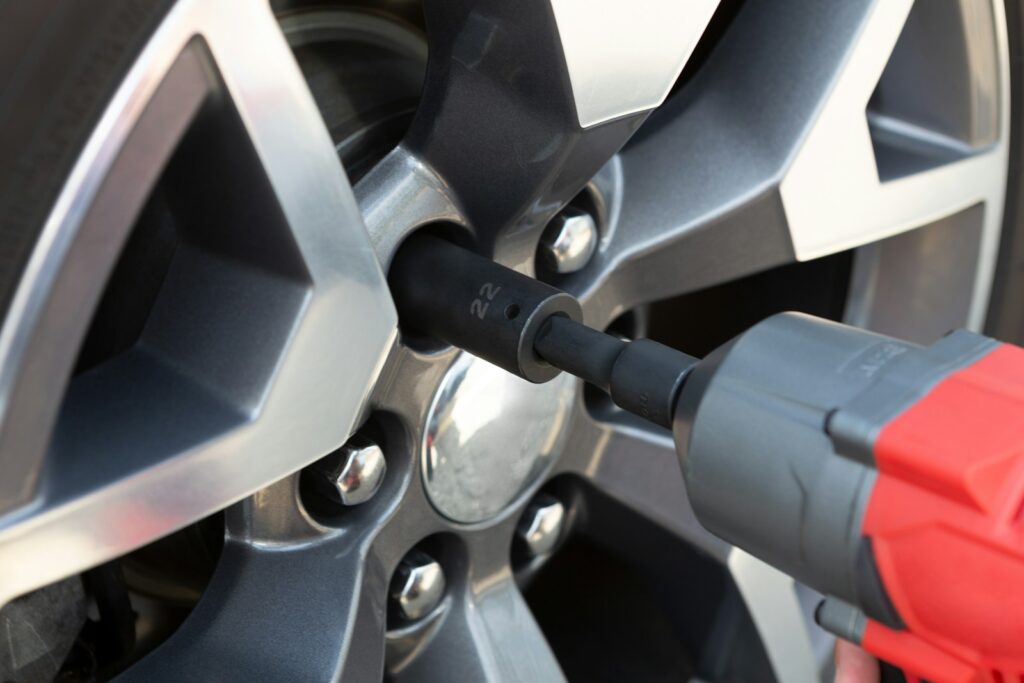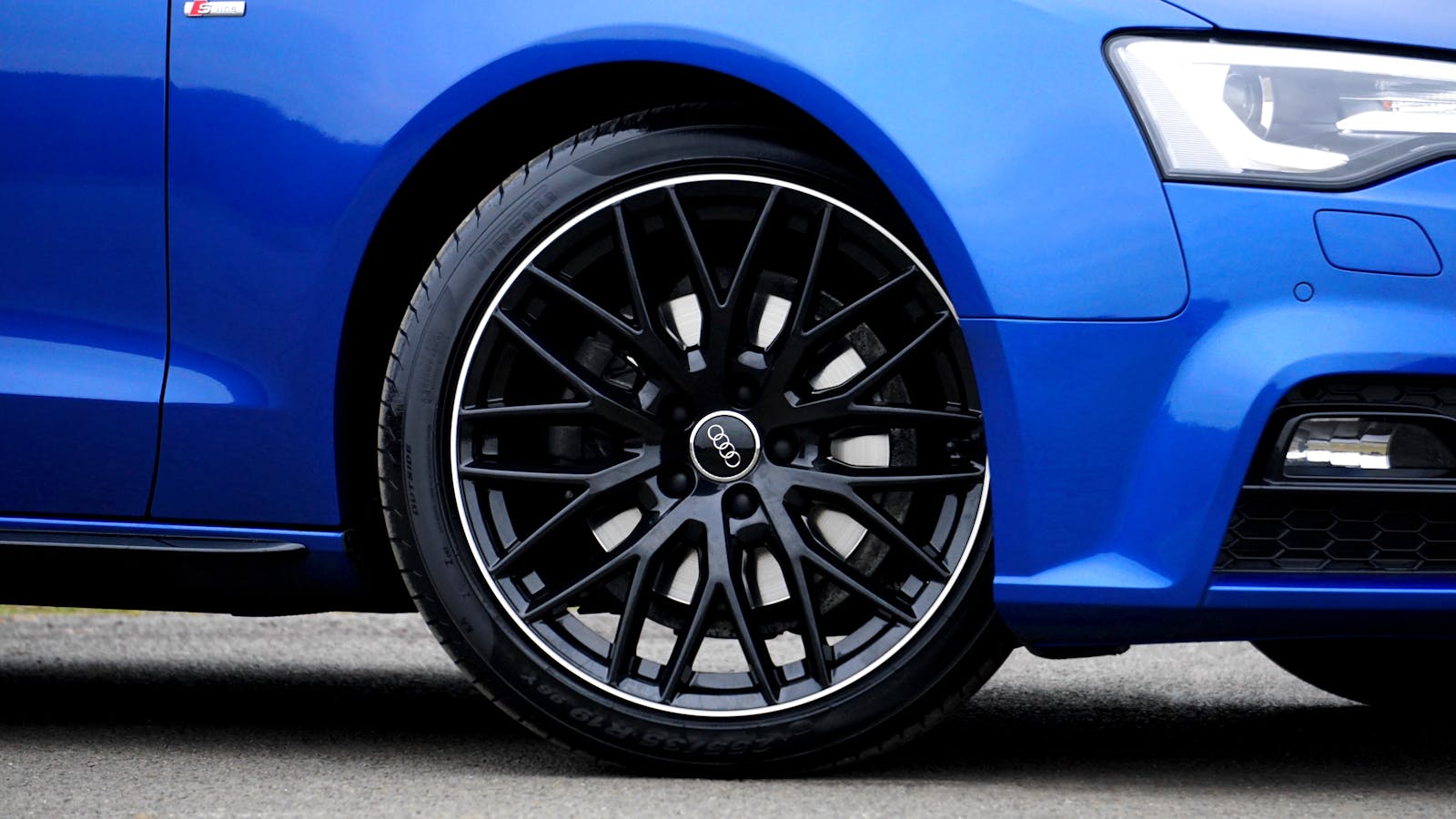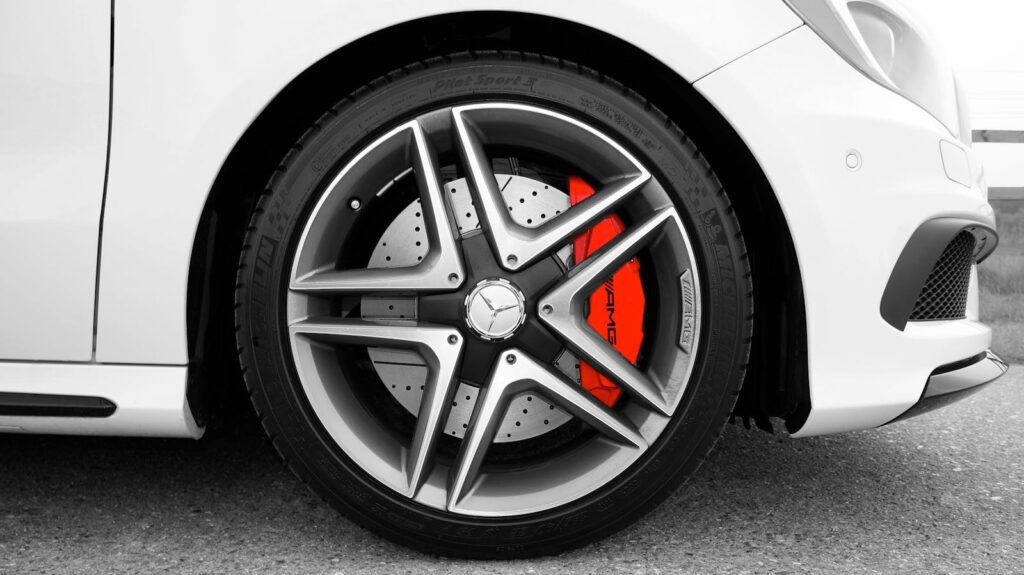
Checking your tire pressure is arguably the most crucial five-minute task you can undertake for your vehicle. It is a simple, often overlooked maintenance step that carries profound implications for your safety, your finances, and the overall quality of your driving experience. Neglecting this fundamental aspect of car care can lead to a cascade of problems, from increased operational costs to critical safety hazards.
Proper tire pressure is not merely about keeping your tires inflated; it’s about optimizing your vehicle’s fundamental interaction with the road. It directly influences how your car handles, how quickly it can stop, and how efficiently it consumes fuel. This vital aspect of vehicle health ensures that the contact patch—the small area of rubber that meets the road—is performing exactly as engineered.
This comprehensive guide will walk you through the foundational principles of tire pressure, dissecting its importance, identifying how to find your vehicle’s specific recommendations, and equipping you with the knowledge to select the right tools for accurate measurement. By understanding these core concepts, you’ll be empowered to maintain optimal tire health, translating into a safer, more economical, and more enjoyable ride.
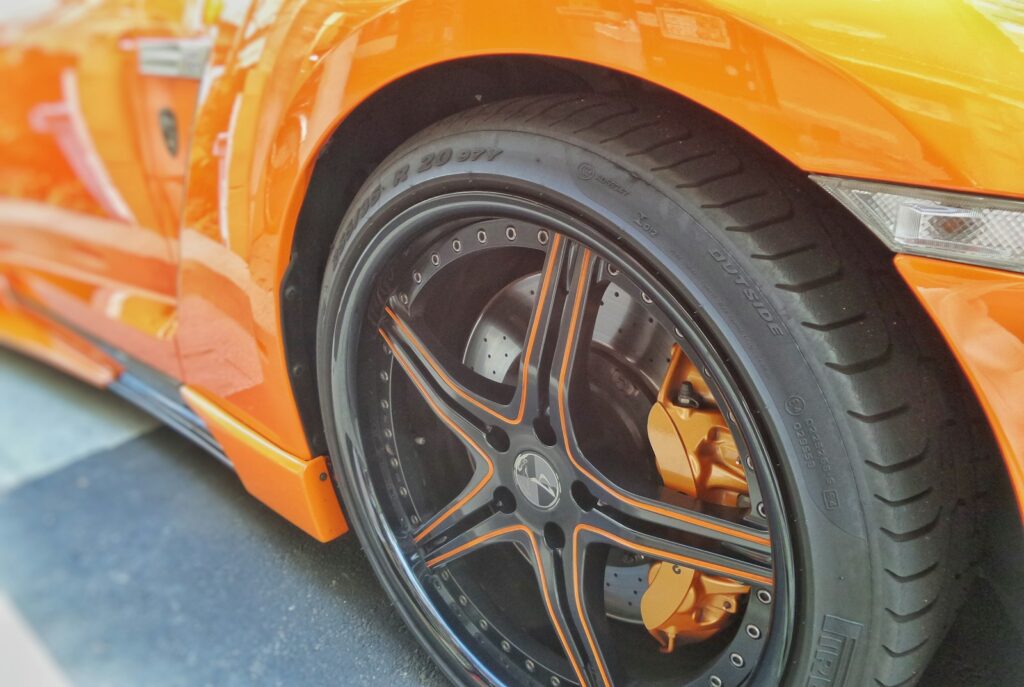
1. **The Fundamental Importance of Proper Tire Pressure**In my years of experience, I’ve seen firsthand how the simplest oversight can lead to the biggest problems. Ignoring tire pressure is a gamble where the stakes are incredibly high. It’s not just about performance; it’s about the fundamental safety of you and your passengers, impacting every mile you drive.
Your tires are the only part of your vehicle that actually touches the road, and the amount of air inside them dictates the size and shape of that contact patch. Proper inflation ensures this contact patch is optimized for grip, handling, and braking under all conditions. This directly translates to improved control and responsiveness in routine driving and critical emergency maneuvers.
Beyond the immediate safety concerns, maintaining the correct tire pressure is one of the best things you can do for your wallet. The U.S. Department of Energy estimates that for every 1 PSI your tires are underinflated, you lose 0.3% in gas mileage. By keeping your tires inflated to the proper pressure, you can improve your gas mileage by up to 3.3 percent, translating to significant savings at the pump over time.
Proper inflation also maximizes the life of your tires. When the pressure is correct, the tire tread wears down evenly across its entire surface, ensuring you get the full mileage potential from your investment. Incorrect inflation, conversely, leads to uneven and premature wear, forcing you to replace tires much sooner than necessary and incurring an entirely avoidable expense.
Read more about: The Resonant Revival: A Smithsonian Magazine Guide to Unearthing the Craft of Classic Musical Instrument Restoration
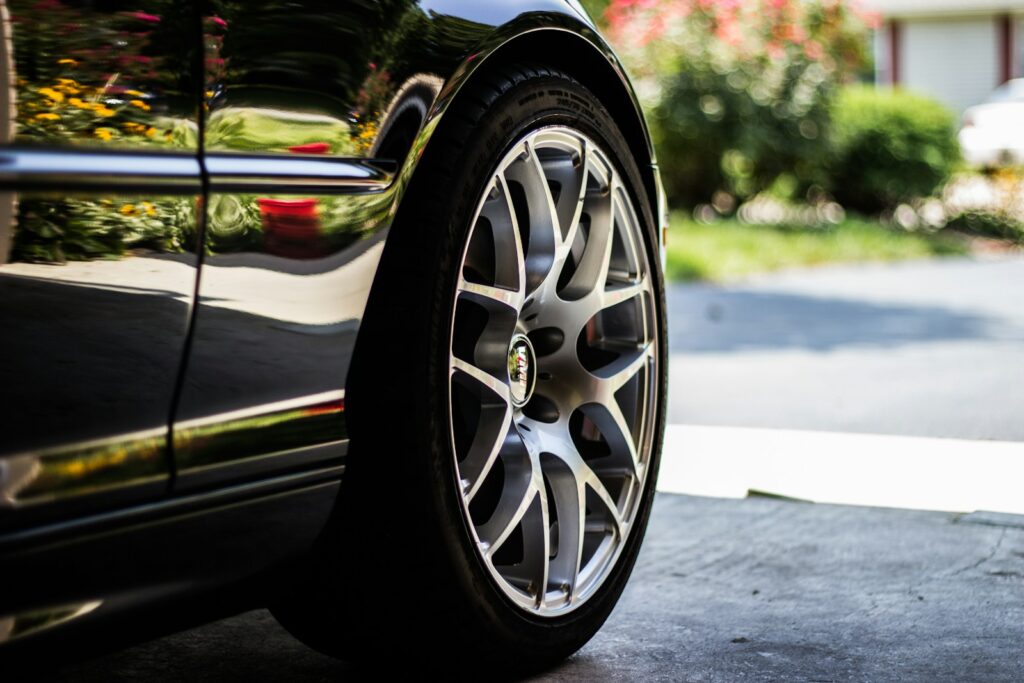
2. **Understanding PSI: The Science Behind Optimal Road Contact**Tire pressure, measured in pounds per square inch (PSI), represents the air pressure that maintains your tire’s shape and load-carrying capacity. This isn’t a random figure; it is carefully calculated by your vehicle’s manufacturer based on the car’s weight, its suspension design, and its intended use. This precise calibration ensures the tire functions optimally.
This recommended pressure works in harmony with the tire’s construction to provide the ideal contact patch with the road surface. The contact patch is the small area where your tire meets the ground, and its size and shape are critical for effectively transferring power, steering input, and braking forces. Optimal contact ensures superior grip and stability.
Maintaining correct tire pressure impacts multiple aspects of your driving experience, providing the foundation for predictable and safe vehicle behavior. It’s the invisible engineering that ensures your vehicle performs as designed in various driving conditions. This attention to detail can prevent a multitude of issues down the road.
Properly inflated tires maintain their designed shape, ensuring maximum contact with the road surface. This optimal contact patch directly affects your vehicle’s handling characteristics and braking distance. Under-inflated tires can increase braking distance by several feet—a crucial difference in emergency situations where every inch counts.
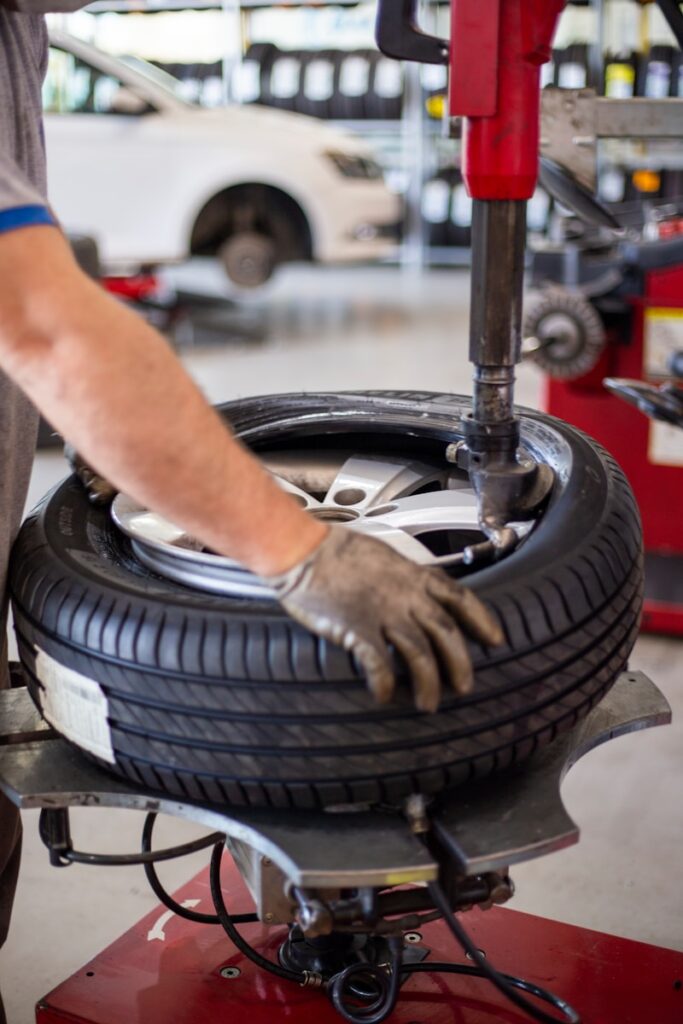
3. **The Costly Consequences of Incorrect Inflation**To put it plainly, there is no “better” of the two evils when it comes to incorrect tire pressure; both underinflation and overinflation are equally detrimental. Understanding their distinct consequences is key to avoiding costly mistakes and maintaining safety. This table breaks down the direct consequences of getting it wrong, emphasizing that neither extreme is advisable.
When a tire is underinflated, its sidewalls flex excessively. This generates a massive amount of heat, which is the number one enemy of rubber. At highway speeds, this heat buildup can cause the tire’s structure to fail catastrophically, leading to a blowout, a highly dangerous scenario for any driver and their passengers.
An underinflated tire also manifests as a mushy, unresponsive feel in the steering. Your ability to steer precisely becomes compromised, braking distances increase significantly, and your capacity to swerve and avoid an obstacle is severely hampered. This sluggishness reduces your vehicle’s agility and your margin for safety.
Conversely, an overinflated tire is rigid and unforgiving, creating a harsh and bumpy ride. The contact patch shrinks, reducing the amount of rubber touching the road, which leads to a significant loss of traction, especially in wet or slippery conditions. This reduced grip is a recipe for a skid or loss of control, particularly when quick reflexes are needed.
Beyond safety, incorrect inflation significantly impacts your wallet. Underinflation causes the outer edges of the tread to wear down prematurely, while overinflation wears out the center strip. In either scenario, you are forced to replace your tires much sooner than necessary, turning a potentially long-lasting set of tires into a significant and entirely avoidable expense.
Read more about: The Essential Guide to Faulty Trades and Robust Risk Management: 14 Strategies to Safeguard Your Portfolio

4. **Pinpointing Your Vehicle’s Recommended PSI**With all the various numbers printed on a tire’s sidewall, it’s easy for car owners to get confused about which pressure to use. However, there is only one specific number you need to pay attention to for daily driving, and crucially, it is not found on the tire itself. The correct information resides with your car.
Your vehicle’s manufacturer has meticulously determined the optimal tire pressure for your specific model. This calculation considers its weight, suspension design, and intended use to ensure the best balance of safety, performance, and efficiency. This critical information is then printed on a special sticker, known as the tire and loading information placard.
The most common and reliable location for this placard is on the driver’s side door jamb, which becomes visible when you open the driver’s door. If it’s not immediately apparent there, you should check the rear edge of the driver’s door, inside the glove box door, or within the fuel filler door. For absolute certainty, consult your vehicle’s owner’s manual.
This placard will clearly state the recommended cold inflation pressure for both the front and rear tires, often provided in both PSI (Pounds per Square Inch) and kPa (kilopascals). This is the *only* pressure specification you should ever use for your vehicle’s tires under normal operating conditions.
Ignoring this placard for the “Max. Press” number found on the tire’s sidewall is arguably the most common and dangerous mistake car owners make. This number represents the absolute maximum pressure the tire can safely contain before it risks structural failure; it is never a recommendation for everyday driving. Inflating to this maximum will result in a harsh ride, significantly reduced traction, and accelerated center tread wear. Always, without exception, use the pressure recommended on your vehicle’s placard.
Read more about: Emergency Ready: Your Step-by-Step Guide to Safely Changing a Tire on a Busy Highway

5. **Selecting the Right Tool: Choosing a Reliable Tire Pressure Gauge**Your tire pressure gauge is your direct connection to understanding the health of your tires. Investing in a reliable and accurate gauge is a small upfront cost that pays significant dividends in terms of safety, fuel efficiency, and tire longevity. Choosing the right tool simplifies this essential maintenance task.
There are three main types of tire pressure gauges available, each with its own advantages and drawbacks. The simplest are pen/stick gauges, which are very cheap and compact. However, they can often be inaccurate and prove harder to read, especially in low light or for those with vision impairments.
Dial gauges offer a clear, easy-to-read analog display and are generally more accurate and durable than their stick counterparts. They often come with a protective rubber housing and provide a consistent reading, making them a popular choice for many car owners. Their mechanical nature means no batteries are required.
Digital gauges represent the most modern option, providing a precise, backlit digital readout that is easy to see in any lighting condition. They are often the most accurate type of gauge available but do require batteries. For many, the clear display and consistent results of a digital gauge make it a worthwhile investment.
For a few extra dollars, upgrading to a quality digital or dial gauge is a worthwhile investment in accuracy and ease of use. A reliable gauge ensures you are getting correct readings every time, which is fundamental to proper tire maintenance. Keep your chosen gauge in your glove box now, making it readily accessible for regular checks.
6. **Mastering the “Cold Tire” Rule for Accurate Readings**For any tire pressure reading to be truly accurate and reflective of your vehicle manufacturer’s recommendations, you must measure the pressure when the tires are “cold.” This is a foundational rule that cannot be overstated, as neglecting it can lead to consistently incorrect inflation.
The term “cold” does not necessarily mean cold to the touch or specific ambient temperature. Instead, it means the car has been parked for at least three hours, allowing the tires to fully cool down, or has been driven for less than a mile. This ensures that friction-induced heat has not significantly altered the internal air pressure.
As you drive, the friction generated between your tires and the road surface inevitably heats up the rubber and the air within. This increase in temperature causes the air inside the tires to expand, which in turn leads to an increase in the pressure reading. This is a natural physical phenomenon, but one that must be accounted for.
Checking the pressure when the tires are hot will consequently give you a falsely high reading. If you were to adjust your tires based on this elevated reading, you would inadvertently release too much air, leading to chronic underinflation once the tires cool down. This is why strict adherence to the “cold tire” rule is essential for achieving accurate and safe inflation.
Furthermore, tire pressure naturally fluctuates with ambient temperature changes. For every 10-degree Fahrenheit change in temperature, tire pressure changes by approximately 1 PSI. This means morning readings will typically be lower than afternoon readings on a warm day, and seasonal adjustments become necessary to maintain optimal pressure year-round.”
, “_words_section1”: “1948
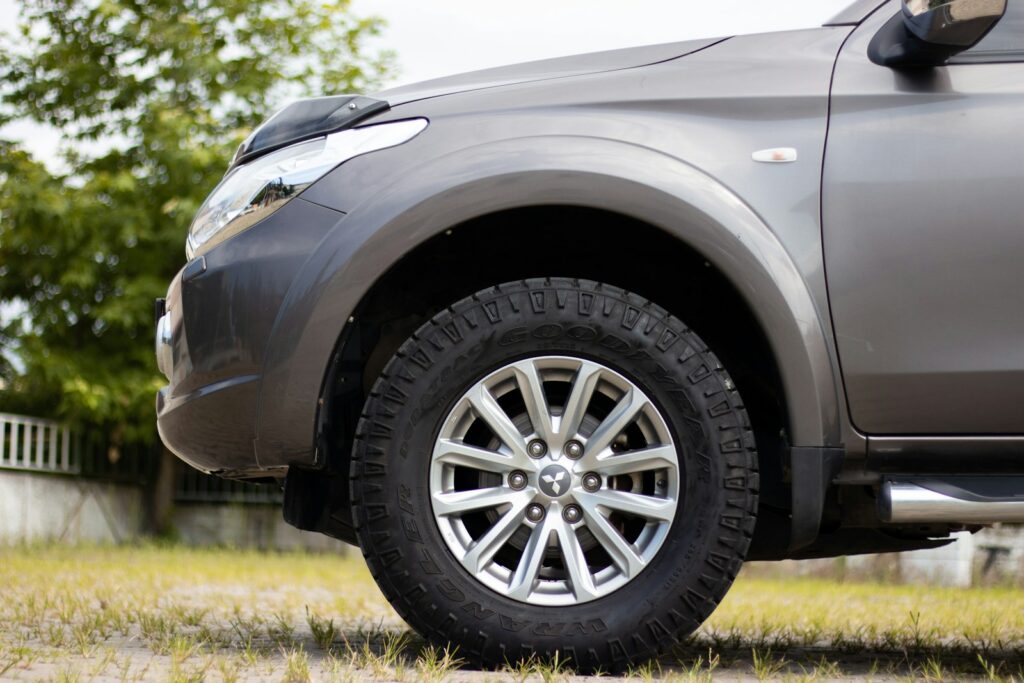
7. **A Step-by-Step Guide to Checking and Adjusting Tire Pressure**Making tire pressure checks a monthly habit is arguably one of the simplest yet most impactful maintenance tasks you can perform for your vehicle. It is a process that is fast, easy, and requires only one inexpensive tool – your reliable tire pressure gauge. Regularly performing this task ensures your vehicle’s safety, efficiency, and extends the life of your tires.
First, you will need to unscrew the small plastic or metal cap from the tire’s valve stem. It is crucial to keep this cap somewhere safe, perhaps in your pocket, to avoid losing it. This cap protects the valve stem from dirt and moisture, preventing potential leaks and damage.
Next, press the end of your tire gauge squarely and firmly onto the valve stem. As you do so, you will hear a brief hiss of air. Hold the gauge in place for one or two seconds until you obtain a stable reading. If you hear a continuous hiss, it means you do not have a good seal, so you will need to adjust the angle and try again until the hiss stops and a clear reading appears.
Once you have a reading, compare it to the recommended PSI found on your vehicle’s door jamb placard. If the pressure is too high, use the small nub typically found on the back of most gauges or a small tool to press down on the pin in the center of the valve stem. This action will release air in short bursts; recheck the pressure after each adjustment. If the pressure is too low, you will need to add air using a portable inflator or an air compressor available at a gas station, adding air in small increments and checking frequently until you reach the target PSI.
Finally, screw the valve cap back onto the valve stem securely. Repeat this entire process for the other three tires. Do not forget to check your spare tire if your vehicle has one; spare tires often require a higher pressure, which will also be listed on your vehicle’s placard or in your owner’s manual. Consistent adherence to these steps will maintain optimal tire health.
Read more about: Modernizing Your Ride: A 10-Step Blueprint to Electronic Fuel Injection Conversion for Classic Cars
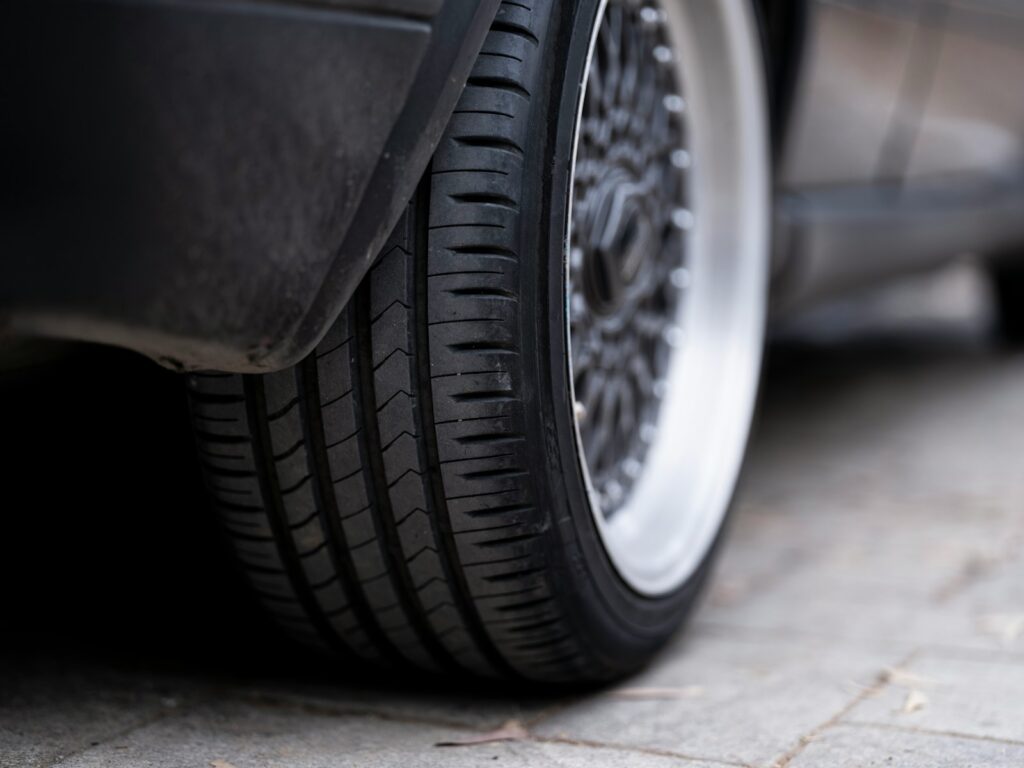
8. **Decoding Your TPMS Warning Light: Alerts and Actions**The Tire Pressure Monitoring System (TPMS) is a valuable safety feature that became mandatory in all new vehicles after 2007, serving as an early warning system for underinflated tires. However, the TPMS warning light can sometimes be a source of confusion for drivers, as it communicates issues in two distinct ways, each requiring a different response.
If the TPMS light, which typically looks like a cross-section of a tire with an exclamation point inside, illuminates and remains solid, it indicates that the pressure in one or more of your tires is significantly low. This usually means the tire pressure is approximately 25% below the recommended cold pressure. This is a direct call to action to address the low pressure. While not an emergency requiring immediate roadside stopping, you should find the nearest safe place to check all four tire pressures with your gauge, identify the low tire(s), and inflate them to the proper PSI. The light should turn off on its own after you have driven a few miles.
Conversely, if the TPMS light flashes for 60 to 90 seconds when you start the car and then stays solid, it signals a problem with the TPMS itself rather than with tire pressure. This could stem from a dead battery in one of the tire sensors, a faulty sensor, or an issue with the system’s receiver. In this scenario, the system is unable to accurately read the tire pressures, rendering its primary function ineffective.
When the TPMS light is flashing, it means you will not be alerted if one of your tires does go low, even if the tires themselves are currently at the correct pressure. This situation necessitates a visit to a trusted mechanic or tire shop. They can diagnose the specific malfunction, whether it requires sensor replacement or system recalibration, to restore this crucial safety feature to full functionality.
9. **Addressing Common Queries: Tire Pressure FAQs**Even with a thorough understanding of tire pressure basics, certain questions frequently arise from drivers. This section aims to provide clear, expert answers to some of the most common inquiries, ensuring you have all the necessary information to manage your tire pressure effectively.
One common question is whether front and rear tires should have different pressures. The answer is yes, for some vehicles. Vehicle manufacturers sometimes require different pressures in the front and rear tires to accommodate variations in weight distribution, vehicle dynamics, or load-carrying capacity. Always follow the specific recommendations for both front and rear axles as listed on your vehicle’s tire information placard.
Another frequent query concerns increasing tire pressure for towing. The advice is absolutely, you should. When adding a significant load, such as towing a trailer or carrying heavy cargo, it is often necessary to increase the rear tire pressure to safely support the additional weight and maintain stability. Your vehicle’s owner’s manual will provide specific pressure recommendations for these loaded conditions, ensuring optimal performance and safety.
Drivers often wonder how much pressure increases after highway driving. It is entirely normal for tire pressure to increase by approximately 3-5 PSI, and potentially more in hot weather, as tires heat up from friction at highway speeds. This is precisely why the “cold tire” rule is so important, as manufacturers account for this natural pressure increase in their cold inflation recommendations. It is crucial never to release air from a hot tire to try and get it back to the “correct” pressure, as this will lead to underinflation once the tire cools down.
Finally, a popular question is whether it is safe to mix regular air with nitrogen. Yes, it is perfectly safe to do so. Nitrogen’s main benefit lies in its larger molecular size compared to oxygen, causing it to seep out of the tire more slowly. Topping off a nitrogen-filled tire with regular air simply dilutes the nitrogen concentration, which is a far safer action than driving on an underinflated tire. Regarding how often to check, the expert recommendation is at least once a month and always before a long road trip; make it a regular part of your routine.
10. **The Broader Impact: Safety, Economic, and Environmental Benefits**Maintaining correct tire pressure offers a wealth of advantages that extend far beyond simply keeping your tires inflated. This routine task is a foundation for maximizing your vehicle’s safety, securing significant economic savings, and even contributing positively to environmental conservation. It is a simple investment of time with multifaceted returns.
From a safety perspective, proper tire pressure is paramount. It dramatically reduces the risk of dangerous blowouts, which are often caused by excessive heat buildup in underinflated tires. Correctly inflated tires also ensure better handling during emergency maneuvers, provide improved wet-weather traction to resist hydroplaning, lead to more predictable vehicle behavior in corners, and enhance stability, particularly during high-speed highway driving. These benefits directly translate into a safer journey for you and your passengers.
The economic advantages of consistent tire pressure maintenance are equally compelling. Proper inflation can improve fuel efficiency by up to 3%, directly translating into tangible savings at the pump. Furthermore, it significantly extends tire life by promoting even tread wear, preventing the premature replacements associated with both underinflation and overinflation. This avoids costly, entirely avoidable expenses and preserves your investment in your tires for thousands of additional miles.
Moreover, adopting proper tire pressure habits has a positive environmental impact. Reduced fuel consumption, a direct result of optimal inflation, means lower harmful emissions from your vehicle. By extending tire life through proper wear patterns, fewer tires end up in landfills, reducing waste and the demand for new raw material consumption. This contributes to a smaller overall carbon footprint, making correct tire pressure a practice that benefits both your wallet and the planet.
Read more about: Navigating the Red Zone: A Deep Dive into States with the Toughest Traffic Fines and Penalties

11. **Seasonal and Special Condition Adjustments**While your vehicle’s door jamb placard provides the recommended cold inflation pressure for normal driving conditions, the reality is that tire pressure isn’t a static number. Certain environmental changes and specific driving scenarios necessitate slight adjustments to maintain optimal performance and safety. Understanding these nuances is key to comprehensive tire care.
Seasonal changes are a primary factor influencing tire pressure. Ambient temperature fluctuations directly affect the air inside your tires; for every 10-degree Fahrenheit change in temperature, tire pressure changes by approximately 1 PSI. This means that during colder winter months, tire pressure will naturally decrease, potentially leading to underinflation. Conversely, warmer summer temperatures can cause pressure to increase. Therefore, checking your tires more frequently during seasonal transitions, like spring and fall, becomes essential to ensure they consistently remain at the recommended PSI.
Beyond ambient temperatures, heavy loads and towing also demand specific pressure adjustments. When you add a significant load to your vehicle, such as when hauling heavy cargo or towing a trailer, the rear tires often need to be inflated to a higher pressure. This increase is critical to safely support the additional weight, maintain vehicle stability, and prevent excessive tire flex and heat buildup. Always consult your vehicle’s owner’s manual for specific load-based pressure recommendations, as these can differ significantly from normal operating pressures.
Furthermore, specialized driving conditions, such as high-performance driving on a track, demanding off-road activities, or even track day events, may warrant specific tire pressure adjustments outside of daily recommendations. These advanced considerations are typically made with expert guidance, ensuring the vehicle’s specific demands are met while still prioritizing safety and tire integrity. Adapting tire pressure to these varying conditions is a hallmark of proactive vehicle maintenance.
Read more about: Beyond the Garage: The Ultimate 12-Point Safety Checklist for Classic Car Road Trips
12. **Integrating Tire Pressure into Your Long-Term Vehicle Maintenance Strategy**Ultimately, understanding and managing tire pressure should not be viewed as an isolated task but rather as a fundamental cornerstone of a comprehensive, long-term vehicle maintenance strategy. By integrating tire pressure checks into your regular routine, you establish a proactive approach that safeguards your investment, optimizes performance, and guarantees a safer driving experience for every mile.
Developing a consistent check-up schedule is paramount. The honest, expert recommendation is to check your tire pressure at least once a month and always before embarking on any long road trip. Consider aligning this vital task with other routine vehicle maintenance, such as oil changes or car washes, to ensure it becomes a seamless and unforgettable part of your car care regimen. Keeping a quality digital or dial tire pressure gauge readily accessible in your glove box further simplifies this crucial assessment.
Beyond simply adding air, a holistic long-term strategy for tire health also involves several other important practices. This includes adhering to a regular tire rotation schedule, getting periodic alignment checks to prevent uneven wear, diligently monitoring tread depth to ensure adequate grip, and conducting visual inspections for any signs of damage, punctures, or unusual wear patterns. These combined efforts work in concert with proper inflation to maximize tire longevity and safety.
Modern advancements continue to evolve how we manage tire pressure, offering enhanced convenience and safety. These include the development of self-sealing tires, robust run-flat capabilities that allow continued driving after a puncture, Bluetooth-enabled pressure sensors that provide real-time data, smartphone integration for remote monitoring, and increasingly sophisticated TPMS systems. While these technologies are helpful, they should augment, not replace, your regular manual checks.
Read more about: Your Ultimate Guide to Keeping Your Car Pristine in Retirement: Expert Tips for a Spotless Ride
Mastering tire pressure management is a deceptively simple yet profoundly effective way to protect your vehicle, your wallet, and your life. This guide has equipped you with the knowledge to maintain optimal tire health, translating into a safer, more economical, and more enjoyable ride. Make checking your tire pressure a monthly habit; it is a critical investment in your vehicle’s longevity and your peace of mind. Your safety and your wallet will undeniably thank you.

